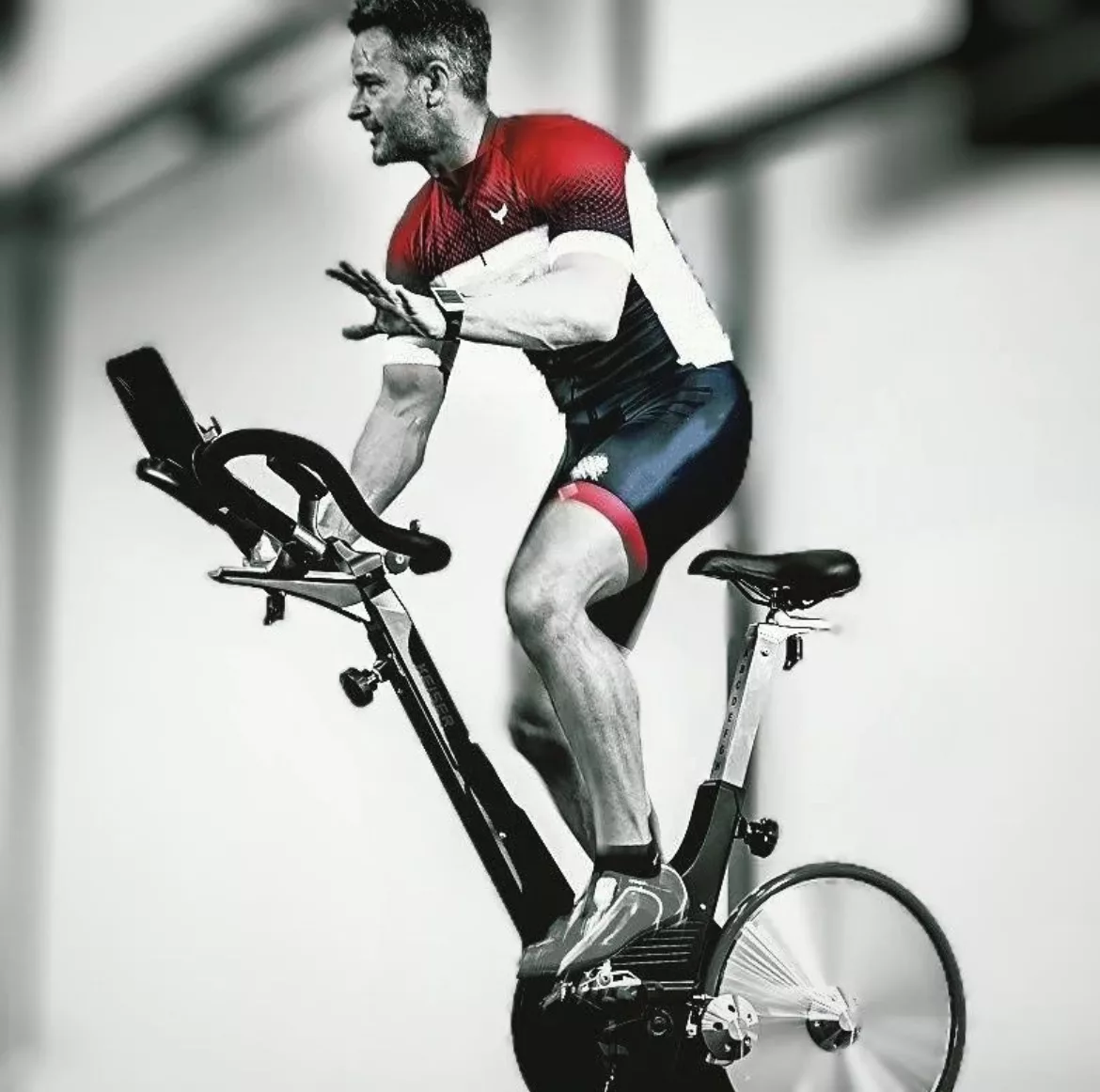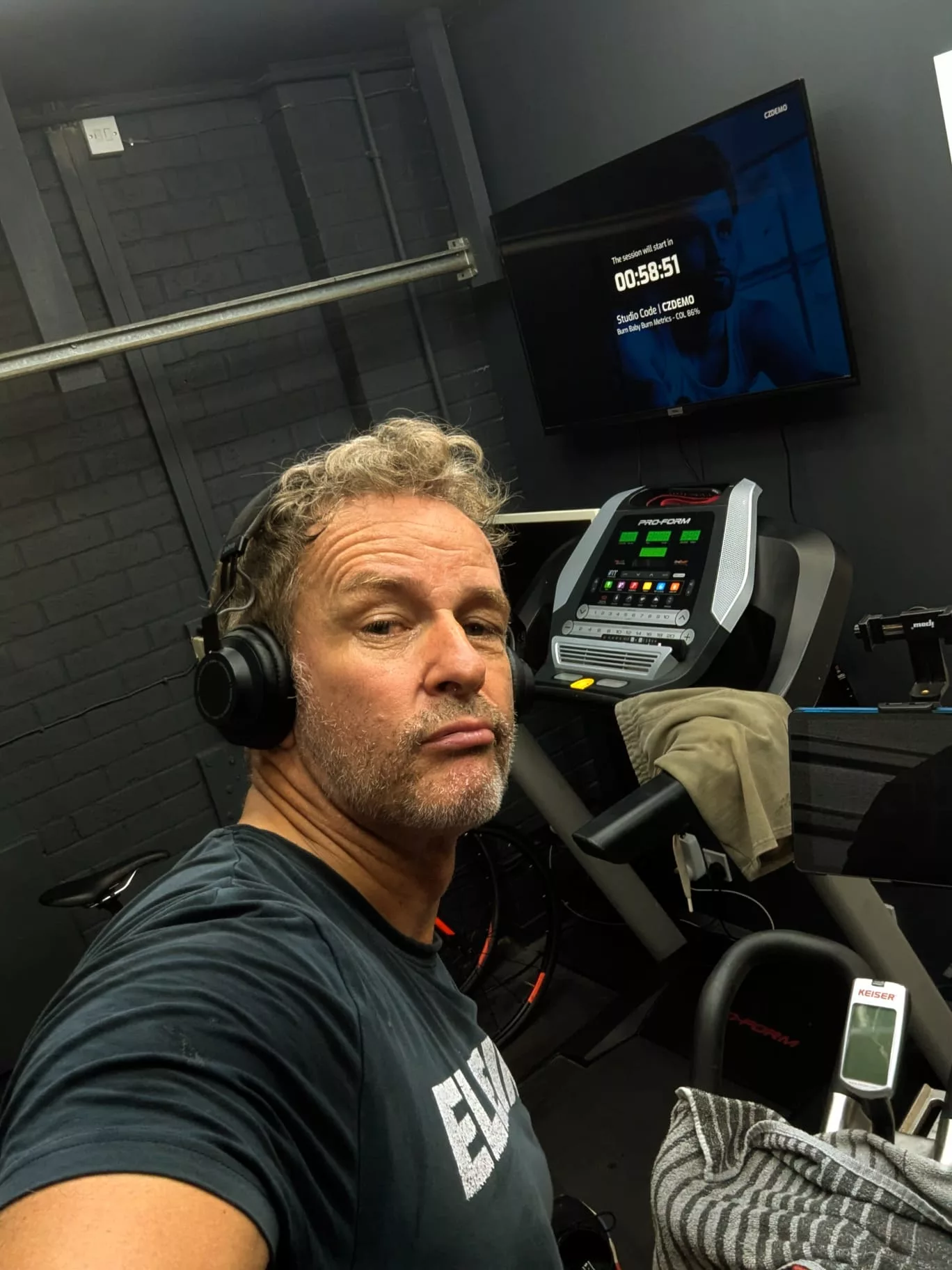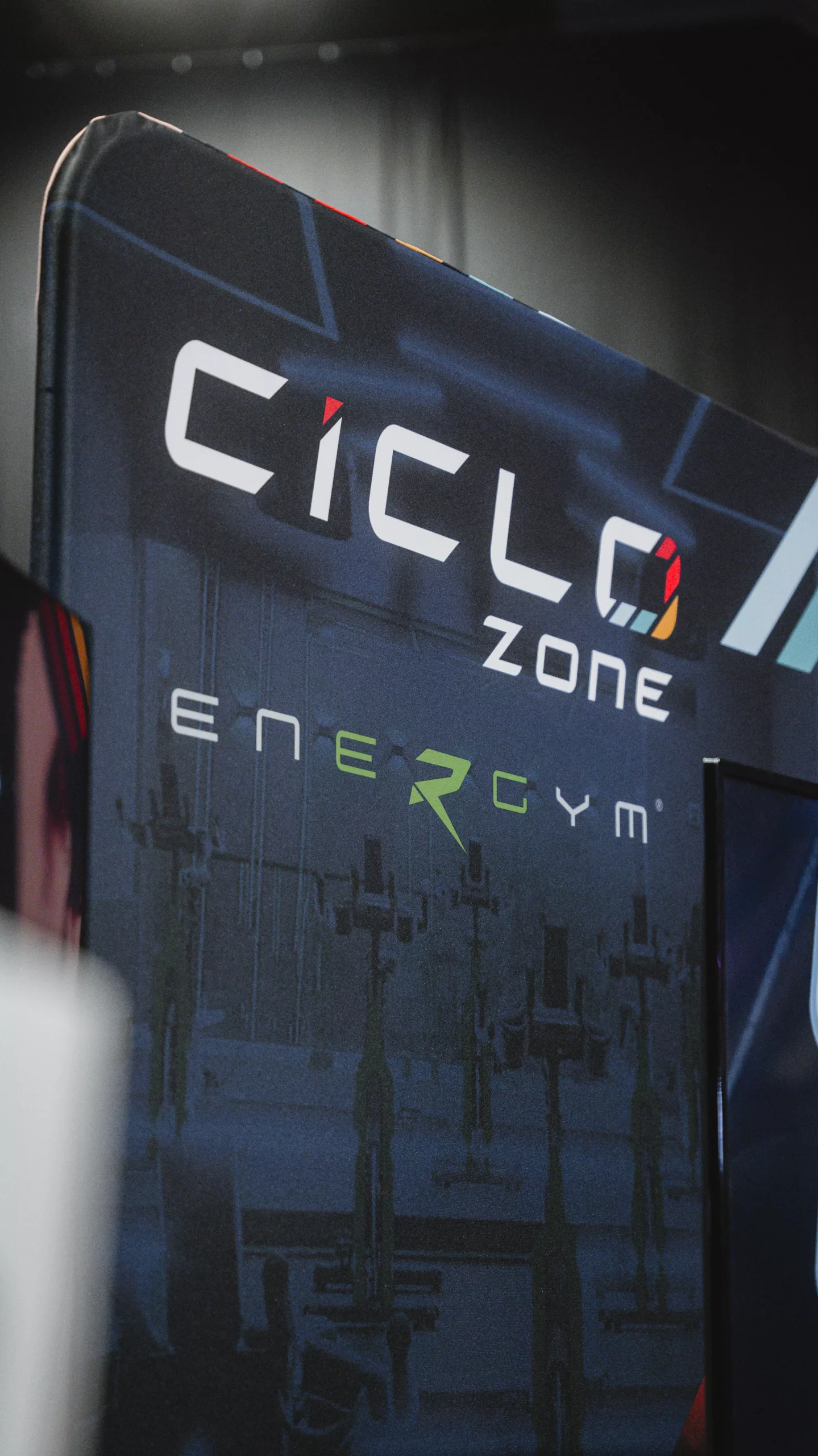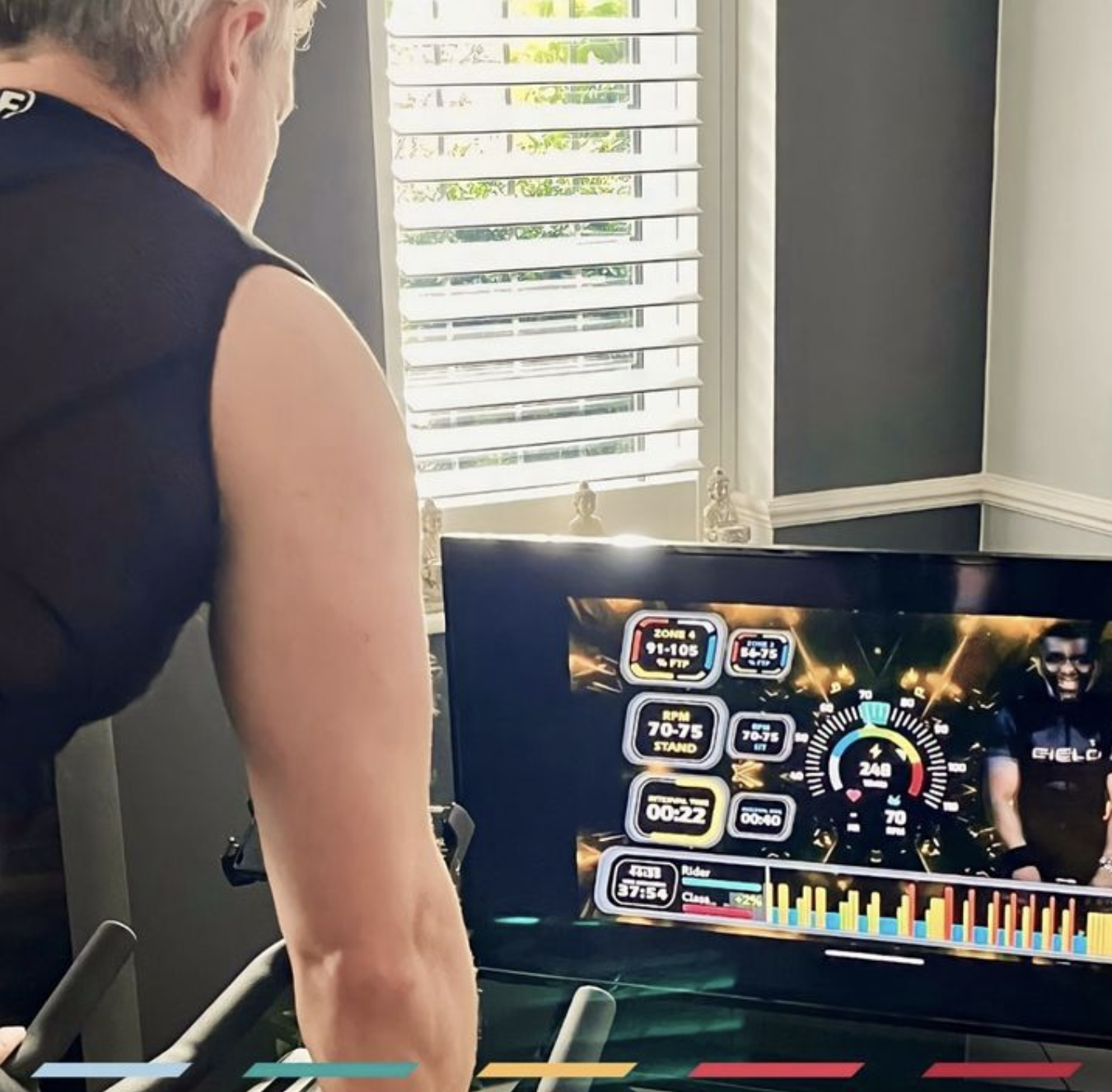Cycling Technique & Muscle Activation:
There are so many views and opinions regarding the pedal stroke with regards to muscle recruitments, muscle firing patterns and power production. All I can do is an ex elite cyclist and someone who has ridden hundreds of thousands of kilometres, trained and been trained by some of the industries best, I can only talk about my experience and exactly how physiologically and biomechanically it feels to maximise your power output and the benefits that I’ve gained in my life from doing this.
Some will agree and some will disagree but I guarantee you if you cycle enough and you cycle hard enough, then the conclusions drawn below are exactly where you end up.
Cycling Muscle Co-ordination
The muscular sequence of events in the correct cycling pedal turn-
Right at the top phase of the pedal strike, the power should come straight on via the glutes, the muscles of the bottom, and power down to a point where the large quadriceps muscles share the power and gradually become the dominant mover in the sequence.
During the lower section of this movement the calf muscles join the quadriceps to push the pedal through the lowest section of the pedal turn. It is then the turn of the muscles of the shin to pull the toes back up to level the foot out and the hamstring muscles to bring in a powerful pull back up. The final stage of the movement is the muscles of the hip flexors pulling the knee back up to the start phase.
When a cyclist cycles with this sharing of power there is much greater ability to maintain higher wattage, and output power for longer on the bike by not having any dead spots of power during the cycle rotation. It also means that there is greater use of all muscles and no overuse of one muscle group which helps prevent injury and muscle overuse issues.
The most common problems that we see with cyclists of all levels are:
Overuse of the quadriceps – most people who cycle tend to rely too much on the big muscles of the quadriceps and this can result in reduced power due to inhibition
Lack of power on the lift phase – The current advice from British Cycling is that amateurs need to not be concerned regarding the upstroke of pedalling. The risk is an increased overload of the hip flexors. Training the hamstrings and the hip flexors to be able to perform this task is essential if you are to maximise all phases of movement. So an incremental increase in focusing on the pulling on the up stroke should be gradually introduced. However, this comes with a warning: DO NOT TAKE PRESSURE OFF THE OPPOSITE DOWN STROKE. Its easy when learning to ride smoothly to focus on too many things. The skill in using clip in pedals & shoes is timing, up stroke pulling whilst maintaining downward pressure on the opposite down stroke. It’s a bit like patting your head and rubbing your stomach. It’s about coordination and understanding the focus on recruiting the muscles at the correct time. It’s not easy but well worth the time to practice and get correct.
Tight muscles across hips and hip flexor strain – Its easy, in the beginning to overload the hip flexors due to the flexed nature of cycling. Like all sports, exposure should be gradual and incremental over a number of weeks. The hip is key in cycling and needs to work in an optimal range. The muscles around the hip, as we can see on the diagram above, are important for generating power (hip extensors) but also for moving the foot into the power phase (hip flexor). It’s important not to overwork the hip flexors and not to have too much hip flexion resulting in the anterior hip compression. If the hip has a lack of ability to efficiently bring the knee to the top phase of movement the body usually compensates through the upper body, resulting in swaying at the lumbar spine. This is commonly seen when you watch a cyclist from behind and see their back swaying from side to side with every pedal lift. This happens as the body makes room for the knee to be lifted through and puts a great deal of stress on the spine and the muscles of the lower back. Good range of movement and strength through the hips allows for good knee lift through the top end of pedal phase and power to go straight on, with the body holding tight and allowing maximum power transfer through the pedals. Lack of adequate range here also tends to result in repeated lower back tightness and pain. If this is something you experience when riding a bike then this must be an area that you must address.
Toes pointing down or toes pointing up? – The current trend is neither, British cycling advocates a neutral foot position so that the power of the calf complex can be optimised. If you watch cyclists you will see a vast number who cycle with the toes lower than the heels at all phases of movement. This style of rising will often be partnered with the body being positioned too far forward so that the knee can get over the pedal. This toe pointing style of riding makes it very difficult to use the glutes effectively in the first phase of movement and also makes it much harder to bring the knee back over the top phase of movement at the end of the pedal movement and be ready for starting the next phase. Equally, toes pointing up can result in a loss of power generation from the large calf complex which is particularly utilised in the down phase of the pedal stroke. Ultimately you should find your own style, don’t copy others, find what’s comfortable for you & riding styles can depend on your sport: For example, a triathlete might not be encouraged to ride with toes up because they might utilise their calf complex which in turn might inhibit the initial stages of their running. Yet on the other hand, should a world champion triathlete ask if they should change they’re cycling foot position, probably not: ‘if it ain’t broke, don’t try to fix it’
Knee alignment over toes – During all phases of cycle movement, when you watch from the front, the knee alignment should be almost directly above the line of the toes at all times. This is particularly important at the top and power phase of movement. This alignment during power phase allows all power that the cyclist generates to be transferred down through the leg and into the pedal. If this alignment is out the power will not be directed down into the pedal, therefore losing power. The added lateral movement through the body will add strain into the joints of the knee, ankles and pressure across the foot.
The above analysis is just a simple overview of the pedal rotation and how modern science and experience has been applied to gain conclusions over the best form and action, especially with amateur cyclists to gain the most from their time on the bike without causing themselves, injury and discomfort. I think the current arguments regarding the pulling through the upstroke are valid but not to the detriment of the understanding of the advantages of doing such a motion correctly. Remember to focus on an upstroke on your pedal rotation, using your hamstrings and hip flexors, but not forget the opposite force of the downstroke always being the primary driver within the rotation.
Think of stroke at the back of the pedal rotation as almost like a top gear on the motorway in a car….. 70 mile an hour in a low gear over revs the engine and will quickly use up all your fuel and tire the engine…. Engage the extra gear and the same speed can be maintained with a lot less stress and with a lot more comfort…. So on long rides, fast flats or tough hill climbs stay in the saddle and pop your legs into overdrive and smooth out that pedal rotation to glide along the tarmac almost effortlessly…. (I did say ‘almost’)




